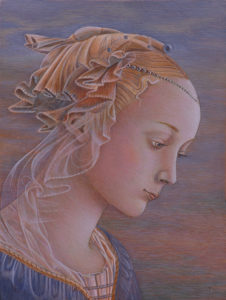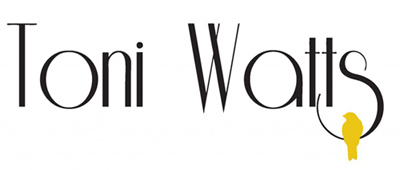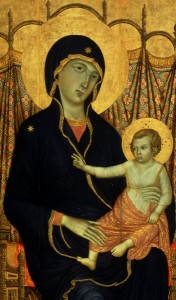Egg Tempera – what is it?
Egg tempera is a paint that created by mixing egg yolk with dry pigments and a little water. Egg tempera was used by medieval and early Renaissance painters such as Botticelli, Duccio and one of my personal favourites, Fra Angelico. It’s a meduim I love, creating a luminosity that really can’t be matched by watercolour and oil paint. I have been incredibly fortunate to have learnt from two of the best egg tempera painters living today – Fred Wessel and Koo Schadler.

My study of Lippi’s Madonna
The traditional support for an egg tempera painting is a wooden panel covered with many layers of true gesso – a mixture of rabbit skin glue and whiting. I use this same technique today. Paint is applied in both thin, almost dry strokes which dry quickly and transparent glazes, with each layer still partially visible through the layer above.
If you look at Duccio’s Maestà, you can clearly see the green underpainting of the flesh tones.
I’ve been told that the constant dusting of paintings such as this led to the pinker flesh tones wearing away, leaving green faces. I’ve got no idea whether that is true, but I like to picture elderly Italian ladies wielding cleaning cloths in adoration!

